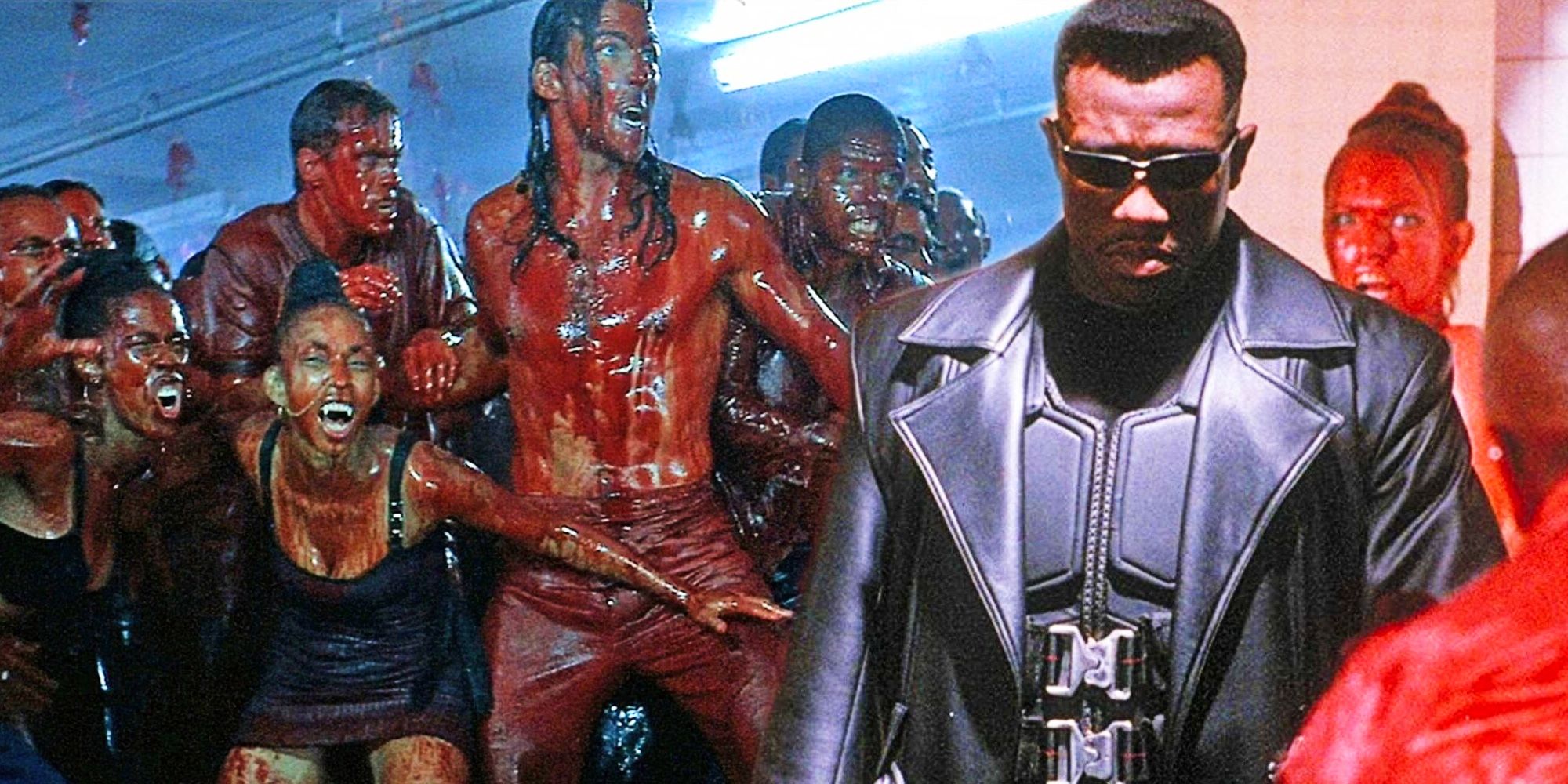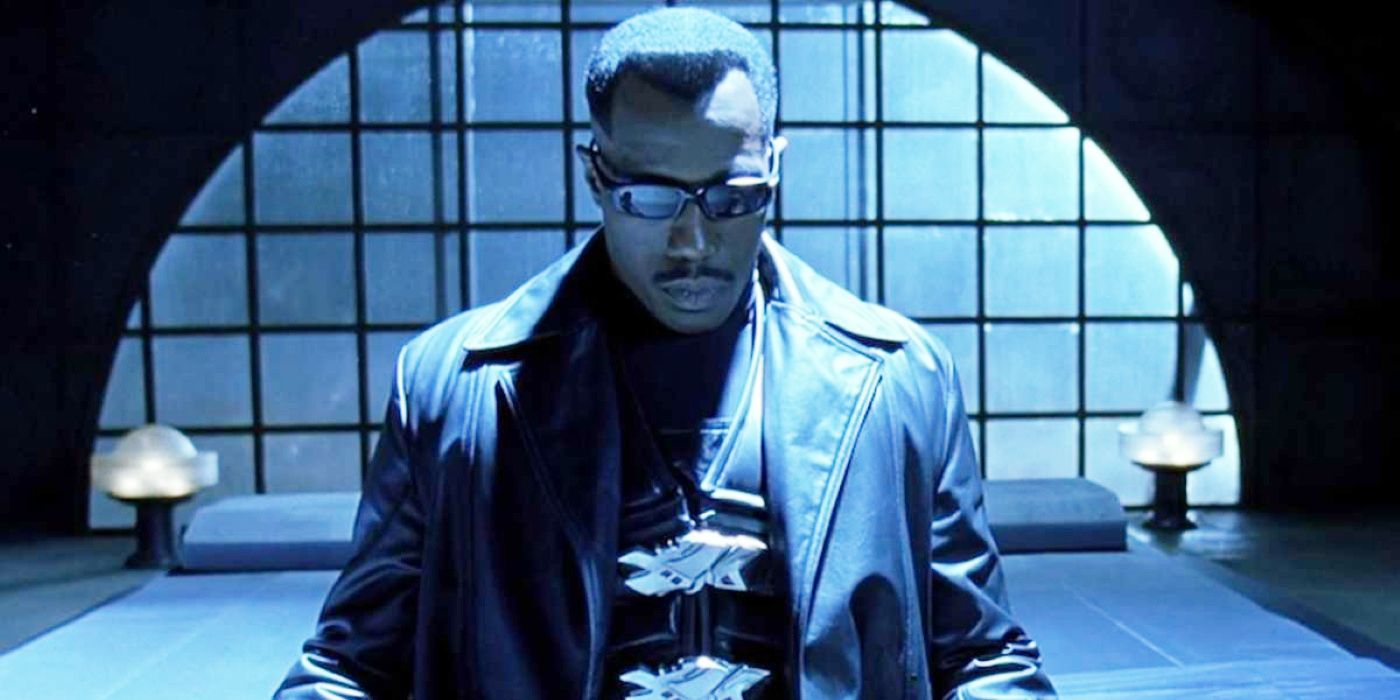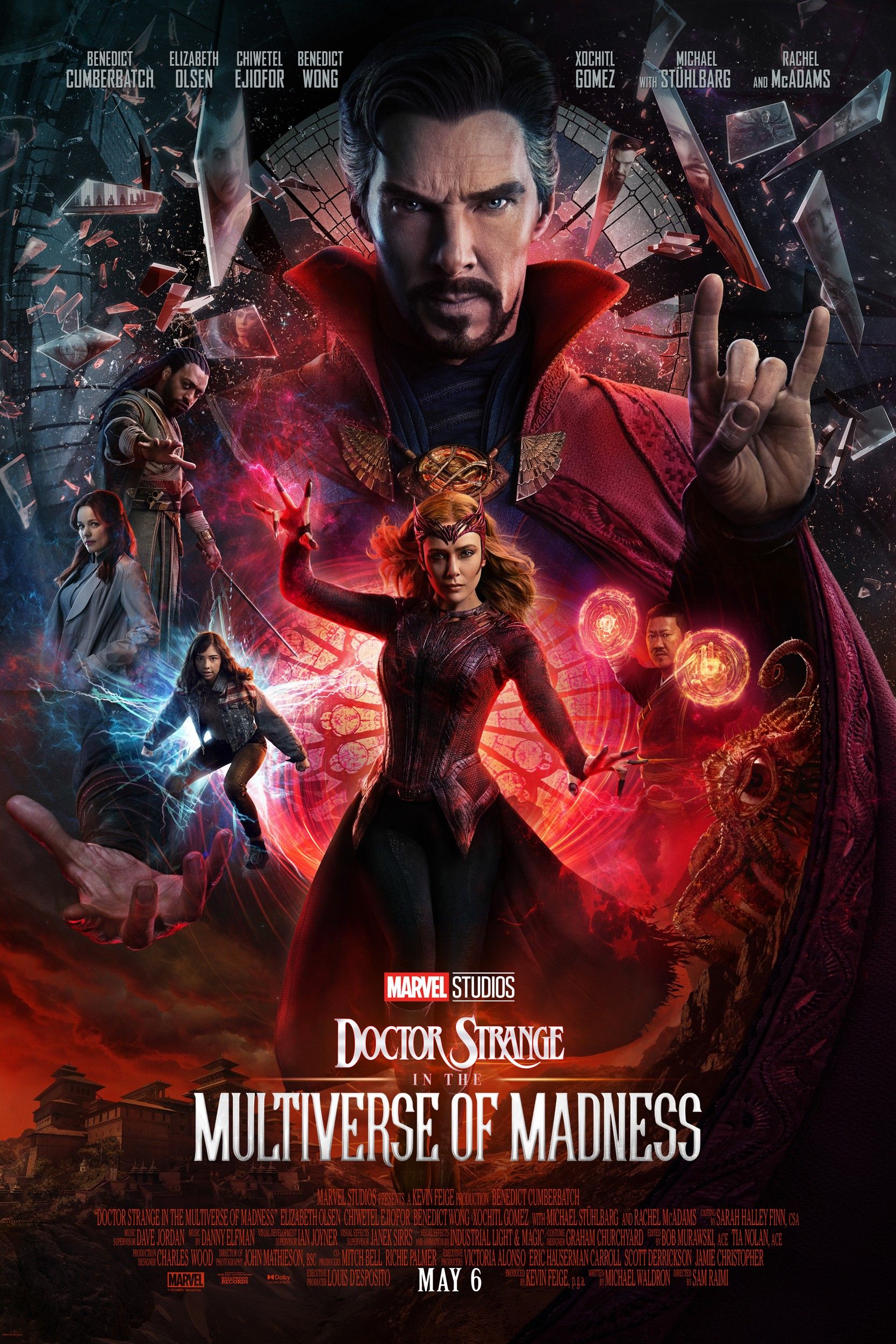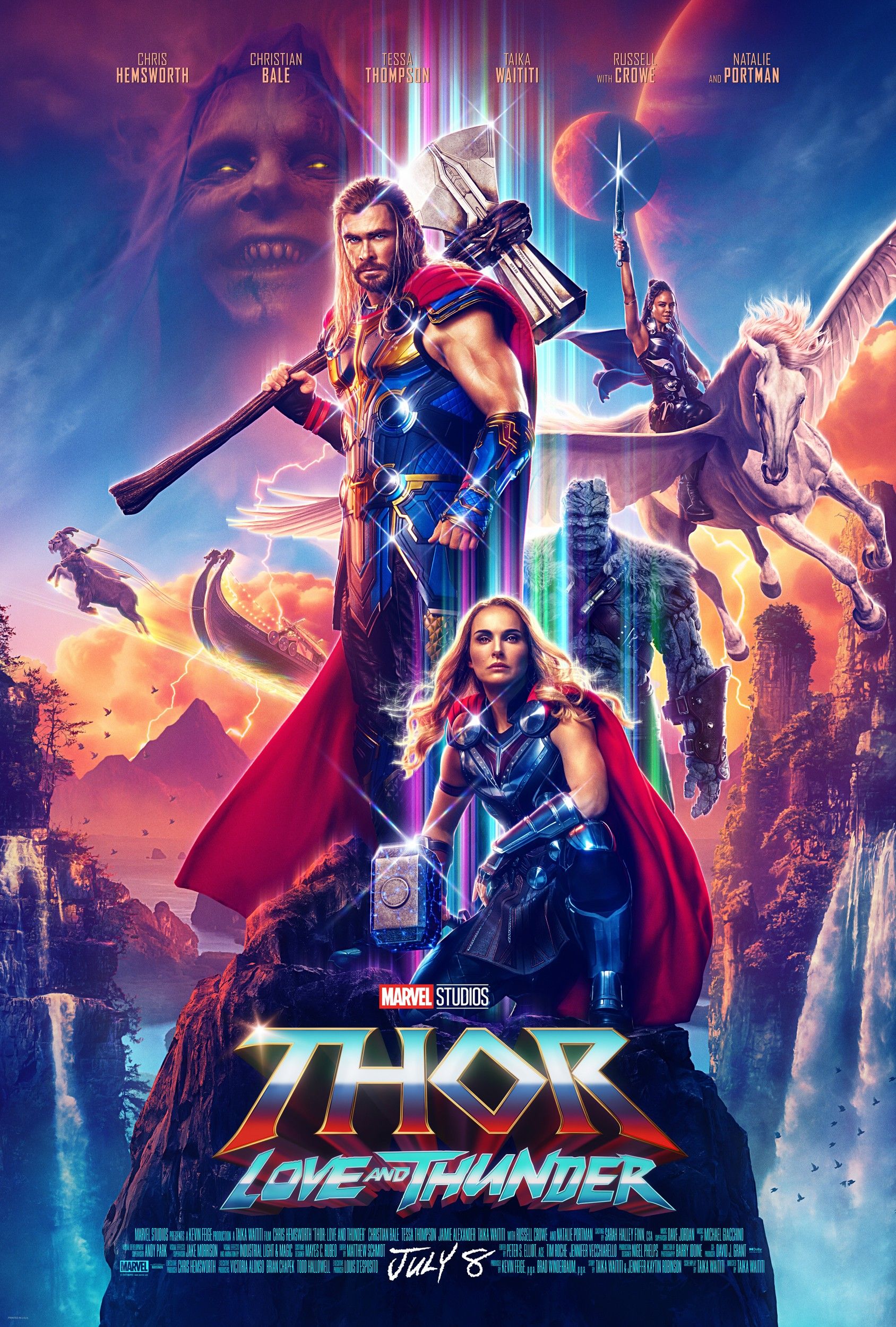The iconic Blood Rave scene is one of Blade's most memorable moments, but how exactly was it made? First released on August 21st, 1998, Stephen Norrington's Blade was heralded as a groundbreaking piece of cinema for its time that redefined the parameters of Marvel superhero movies and paved the way for the MCU's comic book adaptation success. While Blade's gratuitous violence and blood-soaked, seedy atmosphere are a far cry from the majority of more modern Marvel superhero takes nowadays, its unique brand of visceral, rapid-fire entertainment has been emulated countless times by filmmakers in subsequent decades.
This approach is exemplified by Blade's opening scene, known infamously as the "Blood Rave," which sees Blade (Wesley Snipes) infiltrate Deacon Frost's (Stephen Dorff) vampiric nightclub. As revelers dance to Pump Panel's techno remix of "Confusion" by New Order, blood rains down from sprinklers on the ceiling, delighting the partying vampires and horrifying the nightclub's humans alike. Some 24 years on, the cinematography and pulpy special effects still serve to make Blood Rave one of the best opening horror scenes of all time that immediately signals to Blade audiences Norrington's film is not another vampire gothic-style flick.
Entertainment Weekly's oral history of Blade sheds new light on how the iconic Blood Rave scene was made, with production designer Greg E., cinematographer Theo Van De Sande, and lead man Wesley Snipes elaborating on the intricacies behind creating Frost's bloodsoaked nightclub. These include scouting a run-down meatpacking factory with an intact sprinkler system to re-rig for blood, the gooey corn syrup mixture used for the blood, how Van De Sande used a special lens to make the scene unnerving, and the Blade extras' dedication as they sat stewing in the blood mixture for hours in between takes. These insights give extra color and flavor to an already iconic scene and cement why Blade was so ahead of the superhero movie curve that has come to define modern Marvel cinematic entries.
Production designer Greg E. recalls finding the perfect Blood Rave location, stating: "We searched for a location forever, and we ended up finding a run-down meatpacking factory — where they’d come in and slaughter these animals, literally. There was a lot of white tile and we sort of aged it a bit, gave it some cool lighting. Then we basically rigged the entire set like you would a modern-day sprinkler system." This gruesome location undoubtedly plays into the visceral feel of Blade's opening scene, with Frost's seedy club carrying a foreboding air even prior to the vampires revealing themselves.
Blade cinematographer Theo Van De Sande played a huge part in making Blood Rave a triumphant reality, with Van De Sande employing a special anamorphic-lens camera that allowed hand-held shots to capture the action across the course of three days. A strobe light was also attached to the camera in use at the time, enhancing the scene’s tension and giving a starker contrast with the blood - which highlights a high level of technical precision when considering the amount of blood spraying around during filming. The fake blood itself was created using a thick corn syrup mixture, which Snipes recalls took many of the Blood Rave extras by surprise, saying: "Some of them are still traumatized from that experience. The very first take, they knew that something was going to spill on them, but they didn’t know it was gonna be like that. And some of the people freaked out!"
From extras sitting in pools of fake blood for up to three days to the painstaking camera work from Van De Sande, Blade's opening Blood Rave scene was undoubtedly a passion project for Norrington and company. Blood Rave perfectly sets up the nuanced, deadly world Wesley Snipes' Blade inhabits by mixing hedonistic delights with a sense of foreboding that has been hard to emulate in the subsequent years. Blade is now celebrated as the springboard for the MCU's rampant success, and, in much the same way, the iconic Blood Rave can be considered the foundation for Blade's blockbuster impact in 1998.







